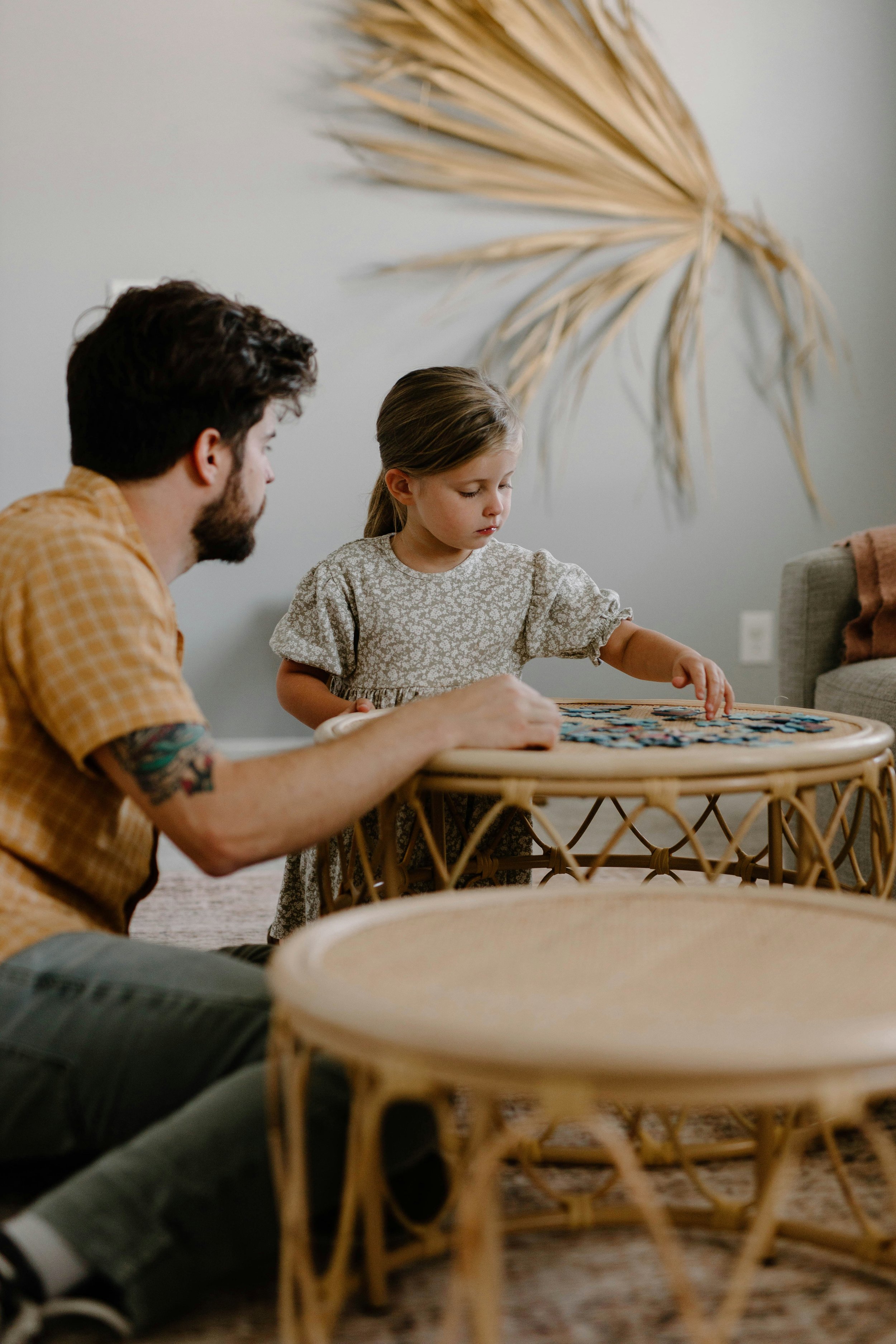Your Calm is Contagious.
It’s a scene every parent knows: your child is overwhelmed, crying, shouting, or shutting down. And even though you know staying calm is the right move, your own heart starts to race, your chest tightens, and before you realise it, you're reacting, not responding.
In moments like these, it’s easy to focus on managing your child’s behaviour.
But the most powerful tool you have is often your own internal state. Because here’s the truth: your calm is contagious.
Children don’t just listen to our words—they absorb our energy. Through a process called co-regulation, young people learn to manage their emotions by borrowing the emotional state of a trusted adult.
Neuroscience tells us that a child’s developing nervous system is shaped by repeated interactions with caregivers.
When we are attuned, calm, grounded, and present, we offer their bodies a blueprint for safety. But when we become escalated, even unintentionally, they mirror that state.
In the words of child psychologist Dr. Dan Siegel, “What’s shareable is bearable.” But that’s only true when what we’re sharing is grounded, not chaotic.
Co-regulation is the process by which children learn to manage stress through consistent, soothing connection with caregivers. It’s not just about comforting words, it’s physiological.
When a parent stays calm during a child’s emotional storm, the child’s autonomic nervous system begins to down-regulate in response. Their breathing slows. Their heart rate steadies. Over time, this consistent pattern teaches the brain what safety feels like, even in distress.
This is known as nervous system attunement. It’s the biological foundation of secure attachment, and one of the most powerful gifts you can give your child.
Before you manage their meltdown, manage your own
Staying calm in the heat of the moment is easier said than done, especially when you're tired, triggered, or feeling like you've already given everything you have. But with a few simple tools, self-regulation can become a habit, not just a hope.
Here are some practical techniques you can use in the moment:
Pause and notice – Before reacting, take a second to check in with yourself. Where is the tension in my body? What’s this situation stirring in me?
Breathe intentionally – Slow, deep breathing helps signal safety to your nervous system. Try inhaling for four counts, holding for four, and exhaling for six.
Ground yourself – Use your senses. Touch something cold, press your feet into the floor, or name five things you can see. These techniques can anchor you in the present.
Use a mantra – Have a calming phrase on hand, like: “I am safe. I can choose how I respond.” Or, “This is not an emergency.”
Step away if needed – When safe to do so, take 10 seconds to reset before re-engaging.
These small strategies might seem simple, but they’re deeply powerful. They help shift your brain from reactive mode (amygdala) to responsive mode (prefrontal cortex)—which is where empathy, logic, and wise parenting live.
Why healing your own triggers helps you parent differently
Children have an uncanny ability to activate parts of us we haven’t fully processed. A slammed door can echo a past argument. A defiant glare can awaken feelings of rejection. And without realising it, we begin to react not just to the moment, but to old wounds.
That’s why doing your own emotional work is one of the greatest gifts you can give your child. It creates space between your trigger and your response.
When we’re able to recognise, “This isn’t about my child—it’s about me,” we become freer to respond with intention instead of impulse.
I’ll be honest, when my kids were younger, taking them shopping often felt like stepping onto a battlefield. I used to dread the checkout aisle. It usually ended in a power struggle over lollies, and I’d leave feeling frustrated, embarrassed, and overwhelmed.
It wasn’t until years later that I realised my anxiety wasn’t just about the situation, it was about me. More specifically, it was about what I thought others were thinking of me. I was carrying the pressure of being seen as a “good mum,” and every tantrum felt like public proof that I was failing.
Now, even though I’m no longer wrangling toddlers at the checkout, I’ve learned to tune in and ask, What’s coming up for me right now? Is this really about my child, or is this about me feeling out of control, judged, or unseen?
That simple shift, pausing to regulate myself, changed everything. Not just how I parent, but how I show up. Because once we get curious about our own reactions, we gain the freedom to respond with calm instead of control.
Therapist and author Dr. Nicole LePera writes, “The most effective way to change a child’s behaviour is to regulate our own nervous system and model the behaviour we want to see.”
Put simply: your healing helps their growth.
Regulating yourself doesn’t mean you never feel frustration, sadness, or anger. It means you’re learning how to move through those emotions in a way that doesn't cause harm.
You don’t need to have perfect composure. You just need to be willing to pause, notice, and choose differently. The goal isn’t to suppress how you feel, it’s to model what to do with those feelings.
So the next time your child’s emotions feel big, remember: You don’t have to have all the answers.
You just have to be their anchor. Your calm won’t fix every meltdown. But it will teach your child what safety feels like, and that lesson will last a lifetime.
Sabrina is a registered psychologist with over 15 years of experience working with families, children, and adolescents.
Based in Brisbane, Queensland, Sabrina offers face-to-face appointments or Telehealth.
To make an appointment click here or call M1 Psychology Loganholme on (07) 3067 9129.
Disclaimer: The information provided on this site is for psycho-educational purposes only and is not meant as a substitute for therapy, counselling, or medical care. If you require personal mental health support, please consult a professional. In case of a crisis, contact emergency services immediately.





















